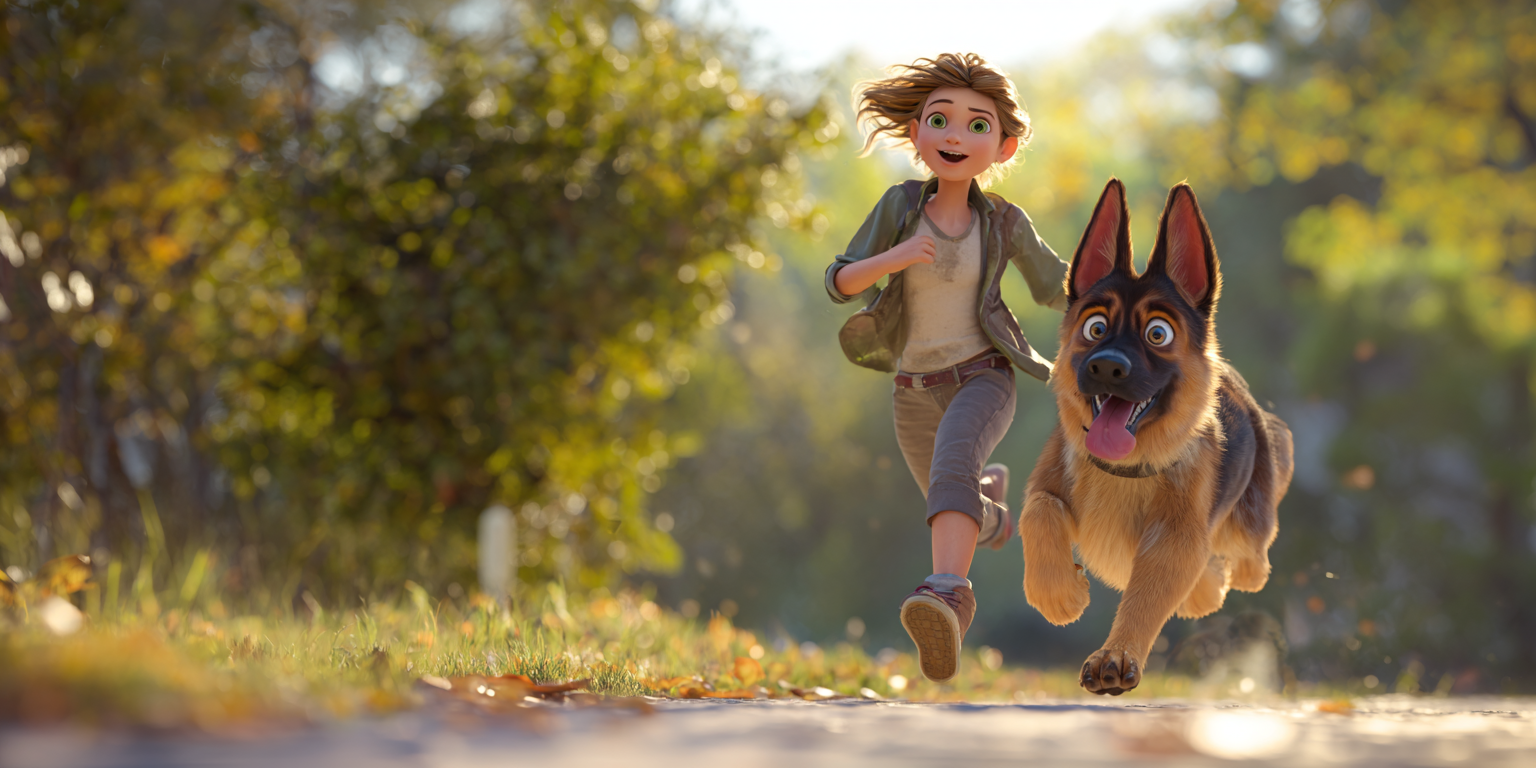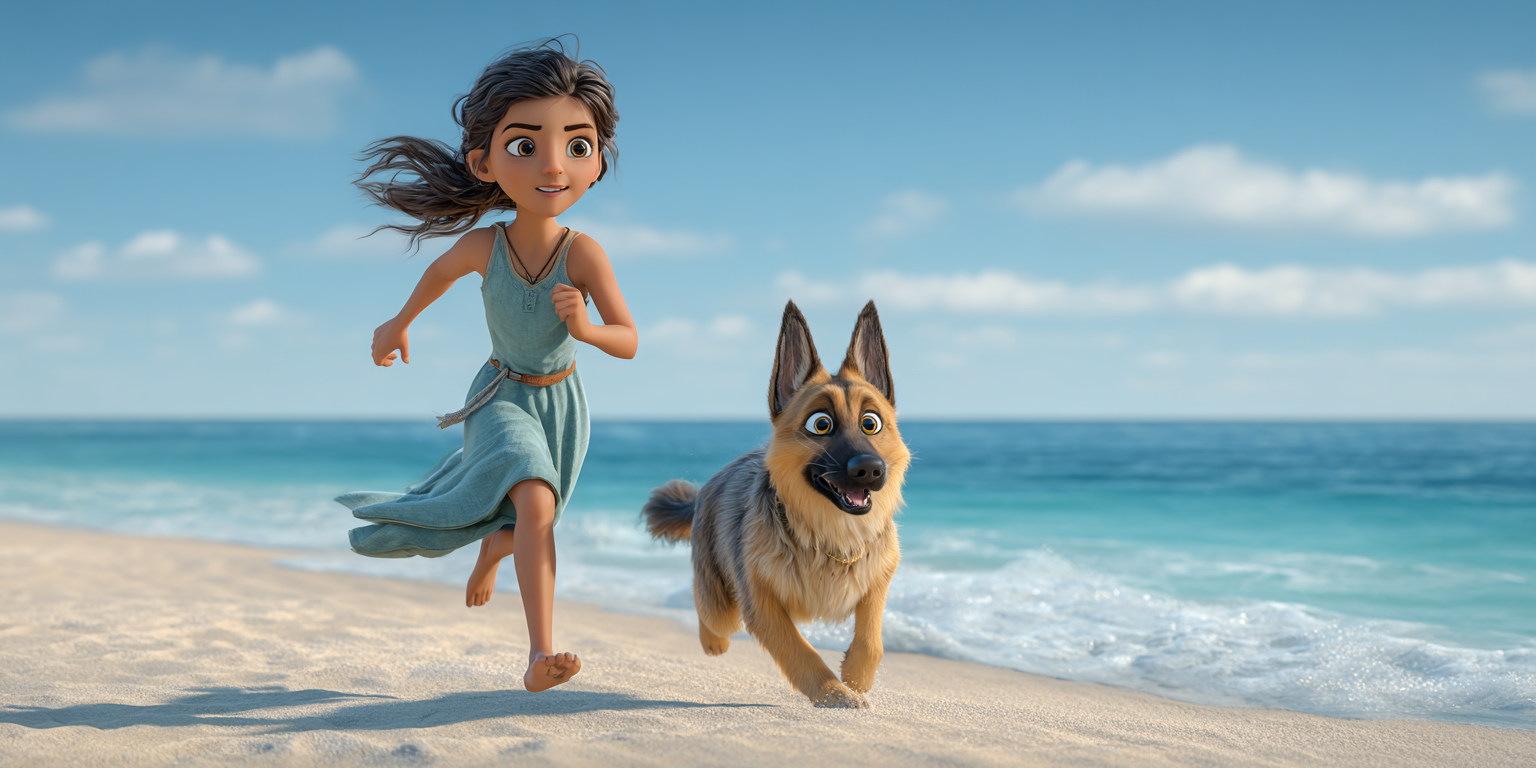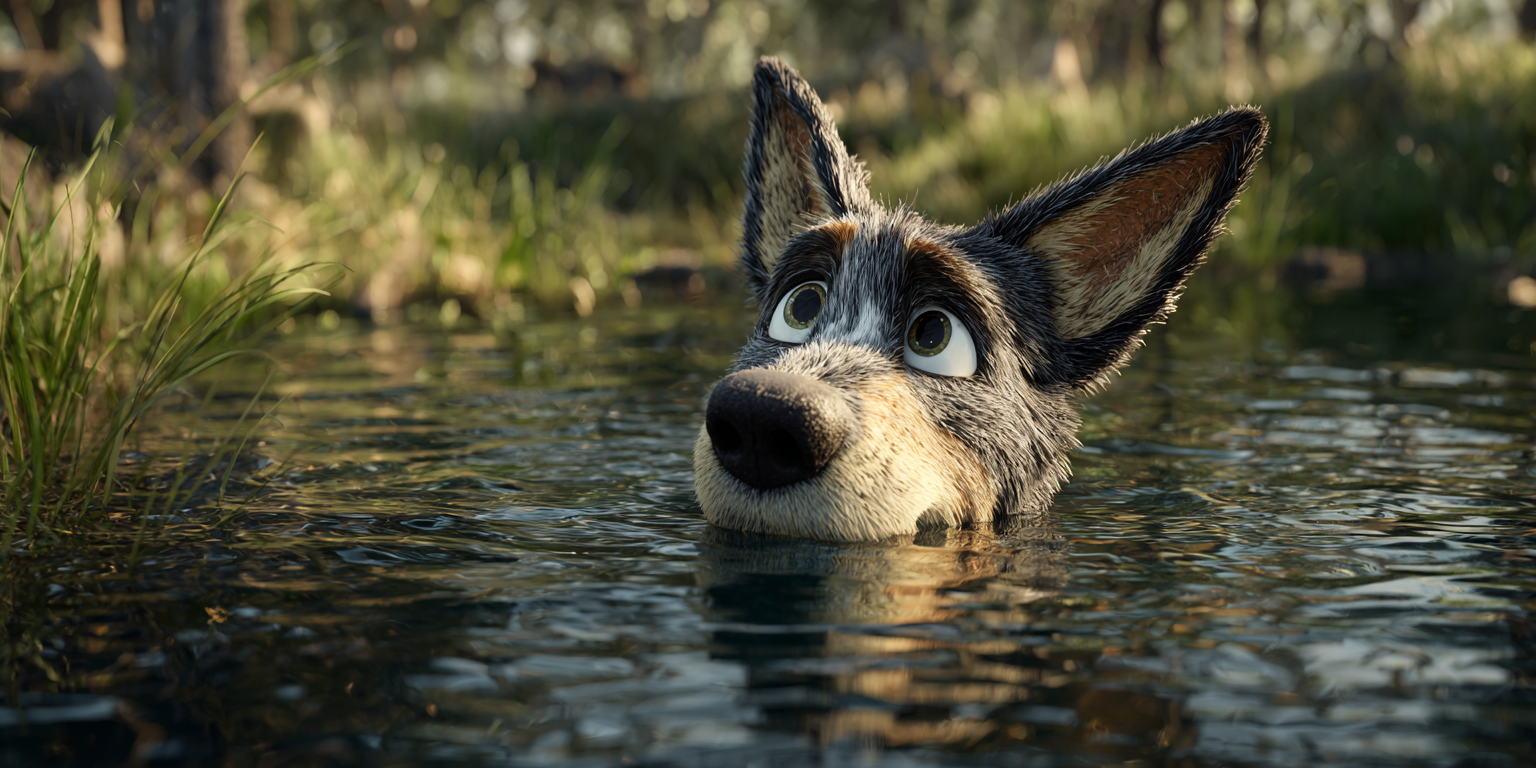How to Exercise a High-Energy Dog
How to Exercise a High-Energy Dog

If you share your home with a high-energy dog, you already know they’re bundles of joy… and chaos.
Whether you’ve got a Border Collie, Kelpie, Australian Shepherd, or a mixed breed with a boundless zest for life, these dogs thrive when they have enough exercise, mental stimulation, and enrichment activities built into their day.
Without adequate outlets, a high-energy dog can become restless, destructive, or even anxious.
The good news?
With the right exercise plan, you can help your energetic companion burn off steam, stay fit, and live a calmer, happier life.
Let's look at how to exercise a high-energy dog, including the best ways to provide physical activity, mental challenges, and enrichment that suit the Australian lifestyle.
Understanding High-Energy Dogs
Before we jump into exercise ideas, it’s important to know why high-energy dogs require a more intensive routine.
Many working breeds, such as Kelpies, Cattle Dogs, Border Collies, and German Shorthaired Pointers, were bred to work long days on farms or in the field. Their high stamina and intelligence mean they’re not satisfied with just one short walk a day.
If their energy needs aren’t met, you may notice:
- Chewing on furniture or shoes
- Digging in the garden
- Barking excessively
- Jumping up on people
- General hyperactivity indoors
Simply put, these dogs are built for action, and exercise is not optional — it’s essential for their physical and mental wellbeing.
How Much Exercise Does a High-Energy Dog Need?
While every dog is different, most active breeds need at least 1–2 hours of physical exercise every single day, plus mental stimulation. Puppies and seniors will need a tailored approach, but the principle remains: they must have regular outlets for their energy.
Think of it like this: a 20-minute stroll around the block is a warm-up, not the main event, for a high-energy dog.
The Three Pillars of Exercising a High-Energy Dog
To truly meet your dog’s needs, you should aim for a balance of:
- Physical exercise – Activities that increase heart rate and muscle use.
- Mental stimulation – Games, puzzles, and training that challenge their brain.
- Social interaction – Play with other dogs or engagement with their human family.
Let’s break down each of these and give you practical, dog-friendly exercise ideas you can use right away.
1. Physical Exercise: Getting the Zoomies Out
Daily Walks (But Make Them Count)
Walking is the most basic form of dog exercise, but for high-energy dogs, it needs to be purposeful.
- Aim for brisk, 45–60-minute walks twice a day if possible.
- Change your walking route regularly to keep things interesting.
- Incorporate stop-and-go intervals, where you speed up for a block, then slow down.
Pro tip: If your schedule is busy, consider a professional dog walking service in Australia that offers long-distance or off-leash adventures.
Running and Jogging
If you’re a runner, take your dog with you. Breeds like Kelpies and Vizslas make excellent running partners.
- Start slowly, especially if your dog isn’t used to long distances.
- Avoid running on hot pavement — early mornings or evenings are safest in Australian summers.
Fetch with a Twist
Fetching is a classic for a reason — it’s high-intensity and taps into many dogs’ natural retrieving instincts.
- Use a ball launcher to cover more distance without tiring your arm.
- Find a safe, off-leash dog park or secure field.
- Add commands like “sit” or “down” before throwing to integrate obedience training.
Tug of War
Tugging games provide a great physical outlet and strengthen your bond.
- Use a sturdy tug toy designed for dogs.
- Teach a clear “drop it” cue to keep the game controlled.
Agility Training
Agility combines physical and mental exercise, making it perfect for high-energy breeds.
- Set up a basic course at home with weave poles, tunnels, and jumps.
- Join a local Australian agility club for proper training and competitions.

2. Mental Stimulation: Tire the Mind, Calm the Body
A tired brain is just as important as a tired body for high-energy dogs. Mental enrichment can reduce unwanted behaviours and keep your dog engaged.
Puzzle Toys and Food Dispensers
Puzzle feeders and treat-dispensing toys encourage problem-solving.
- Start with simple designs and increase difficulty over time.
- Great options include KONGs, snuffle mats, and interactive feeders.
Scent Games
Dogs have an incredible sense of smell, and scent work can be very fulfilling.
- Hide treats around the house or yard and encourage your dog to “find it.”
- Use scent training kits to teach them to detect specific smells.
Obedience and Trick Training
Training isn’t just about manners — it’s mental exercise.
- Teach new tricks like roll over, shake hands, or play dead.
- Keep sessions short (5–10 minutes) but frequent.
Hide and Seek
Hide somewhere in your house and call your dog to find you.
- This game encourages recall skills and gives them a fun “hunt” to complete.
3. Social Interaction: The Fun of Playtime with Friends
Dogs are social animals, and playtime with others can be both physically and mentally stimulating.
Dog Parks
Off-leash parks let your dog run freely and play with others.
- Always supervise interactions to ensure safe play.
- Make sure your dog’s recall skills are strong before letting them off lead.
Playdates with Other Dogs
Arrange regular meetups with dogs of similar size and energy.
- Backyard play or a trip to the beach can be a perfect setting.
Doggy Daycare
Many high-energy dogs benefit from occasional doggy daycare sessions.
- They’ll get a full day of running, playing, and socialising.
- Great for busy owners or days when you can’t provide enough exercise.

Exercise Ideas for Australian Conditions
Living in Australia means we deal with hot summers, rainy days, and sometimes limited outdoor space.
Here are some climate-friendly dog exercise tips:
- In summer: Exercise early in the morning or after sunset to avoid heatstroke. Provide shade and fresh water at all times.
- On rainy days: Use indoor games, treadmill walking (for dogs trained to use one), and hallway fetch.
- At the beach: Many Aussie dogs love swimming, which is a low-impact, joint-friendly exercise. Just check for dog-friendly beaches in your area.
Signs Your High-Energy Dog is Getting Enough Exercise
Every dog is different, but generally you’ll notice:
- They’re calmer at home and less likely to engage in destructive behaviour.
- They settle down for naps after exercise rather than pacing or whining.
- They maintain a healthy weight and muscle tone.
If your dog still seems restless despite daily activity, you may need to increase the intensity or variety of their exercise routine.
Common Mistakes to Avoid
Even with the best intentions, some exercise mistakes can cause problems:
- Over-exercising puppies – Their joints are still developing, so avoid long runs or repetitive jumping.
- Skipping mental stimulation – Physical exercise alone isn’t enough for intelligent breeds.
- Ignoring weather conditions – Dogs can overheat quickly in Australian summers.
- Lack of variety – Doing the same walk every day can lead to boredom.
Creating a Balanced Exercise Plan
Here’s an example weekly schedule for a high-energy adult dog:
Monday – 60-min brisk walk + evening fetch session
Tuesday – Morning jog + puzzle toy time
Wednesday – Agility training + scent game indoors
Thursday – Long off-leash run at the park + trick training
Friday – Beach swim + tug-of-war
Saturday – Dog park playdate + obedience refresh
Sunday – Hike in a dog-friendly national park
The key is mixing activities so your dog stays engaged and looks forward to each day.
Final Thoughts: A Happy Dog is a Tired Dog
High-energy dogs can be challenging, but they’re also some of the most rewarding companions.
With the right mix of physical exercise, mental stimulation, and social interaction, your dog will be healthier, better behaved, and more content.
For Australian dog owners, the best ways to exercise your dog often involve making the most of our stunning outdoor spaces — from bush tracks to beaches. Just remember: a little planning and variety go a long way.
If you’re consistent, you’ll soon find that daily exercise is just as beneficial for you as it is for your furry friend.
After all, nothing beats the joy of seeing a dog truly content after a day well spent.




